Psalms 52 Artwork
"Why boastest thou thyself in mischief, O mighty man? the goodness of God endureth continually." - Psalms 52:1
Explore Psalms 52 through paintings, pictures, drawings, digital art, illustrations, wallpapers, photos, prints & more.

Psalms 89:52 - "Blessed be the LORD for evermore. Amen, and Amen."

Psalms 52:4 - "Thou lovest all devouring words, O thou deceitful tongue."

Psalms 52:6 - "The righteous also shall see, and fear, and shall laugh at him:"

Psalms 52:2 - "Thy tongue deviseth mischiefs; like a sharp razor, working deceitfully."

Psalms 119:52 - "I remembered thy judgments of old, O LORD; and have comforted myself."

Psalms 52:3 - "Thou lovest evil more than good; and lying rather than to speak righteousness. Selah."

Psalms 52:1 - "Why boastest thou thyself in mischief, O mighty man? the goodness of God endureth continually."

Psalms 78:52 - "But made his own people to go forth like sheep, and guided them in the wilderness like a flock."

Psalms 52:7 - "Lo, this is the man that made not God his strength; but trusted in the abundance of his riches, and strengthened himself in his wickedness."

Psalms 52:8 - "But I am like a green olive tree in the house of God: I trust in the mercy of God for ever and ever."
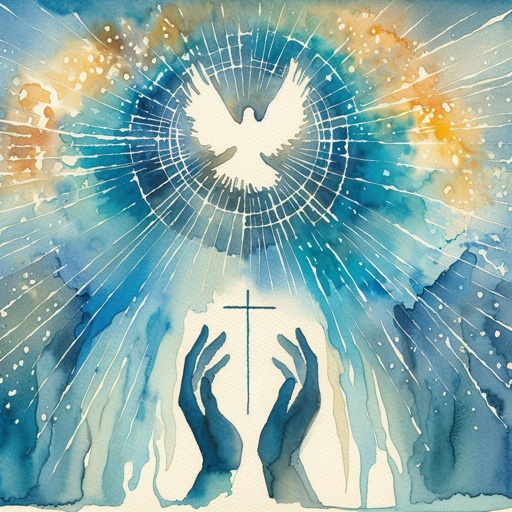
Psalms 145
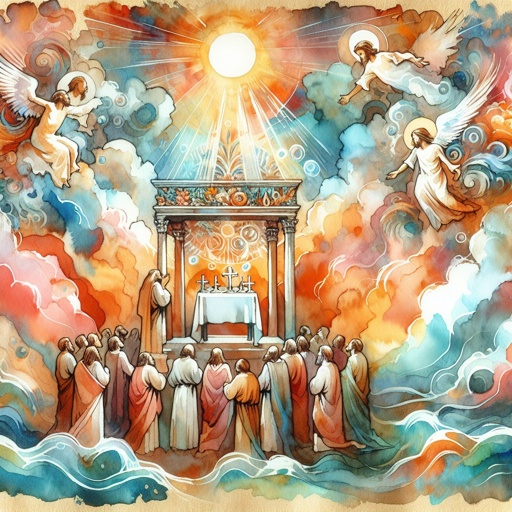
Psalms 145

Psalms 52:9 - "I will praise thee for ever, because thou hast done it: and I will wait on thy name; for it is good before thy saints."
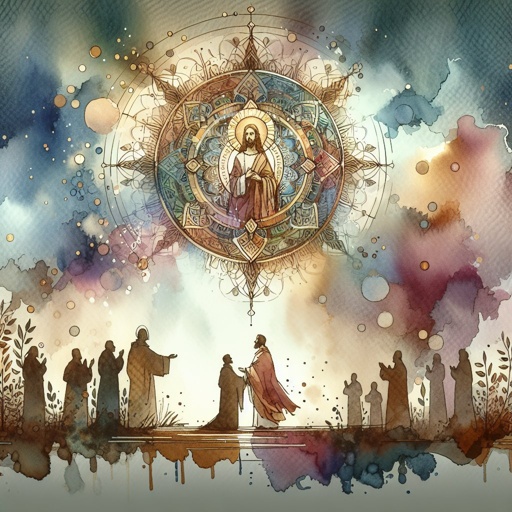
Psalms 145

Psalms 5:2 - "Hearken unto the voice of my cry, my King, and my God: for unto thee will I pray."

Psalms 145

Psalms 107:9

Psalms 145

Psalms 98:5 - "Sing unto the LORD with the harp; with the harp, and the voice of a psalm."

Psalms 81:2 - "Take a psalm, and bring hither the timbrel, the pleasant harp with the psaltery."

Psalms 52:5 - "God shall likewise destroy thee for ever, he shall take thee away, and pluck thee out of thy dwelling place, and root thee out of the land of the living. Selah."
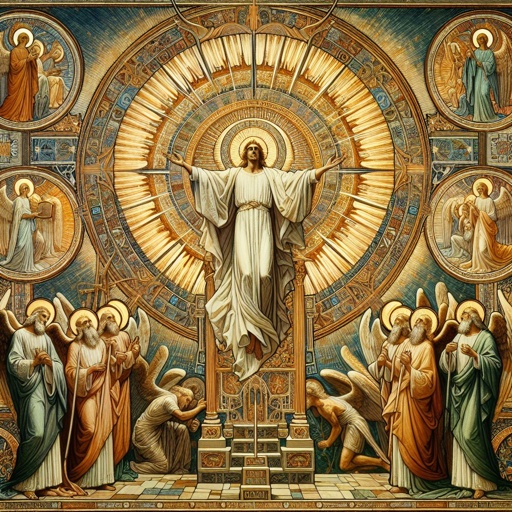
Psalms 111:3 - "His work is honourable and glorious: and his righteousness endureth for ever."
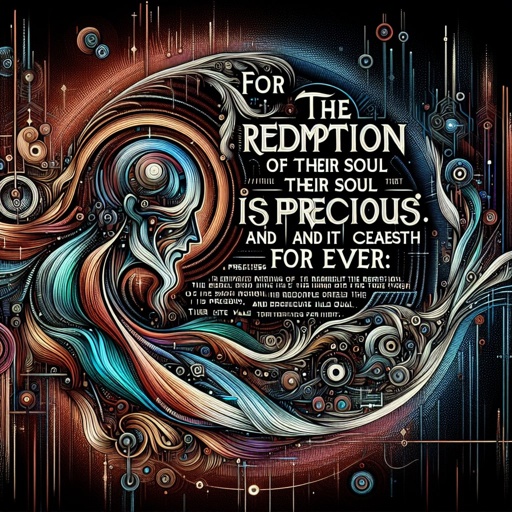
Psalms 49:8 - "(For the redemption of their soul is precious, and it ceaseth for ever:)"
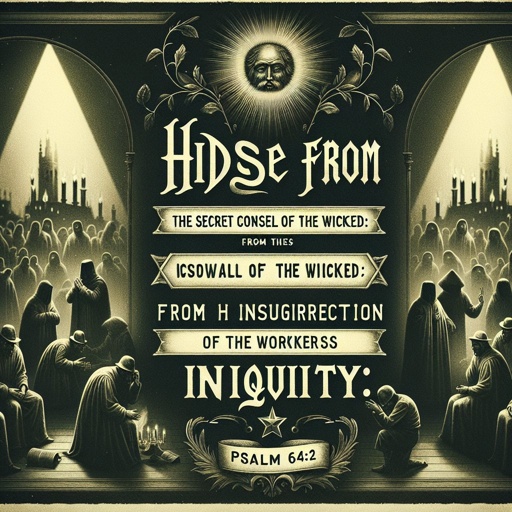
Psalms 64:2 - "Hide me from the secret counsel of the wicked; from the insurrection of the workers of iniquity:"

Psalms 17:5 - "Hold up my goings in thy paths, that my footsteps slip not."

Psalms 105:35 - "And did eat up all the herbs in their land, and devoured the fruit of their ground."
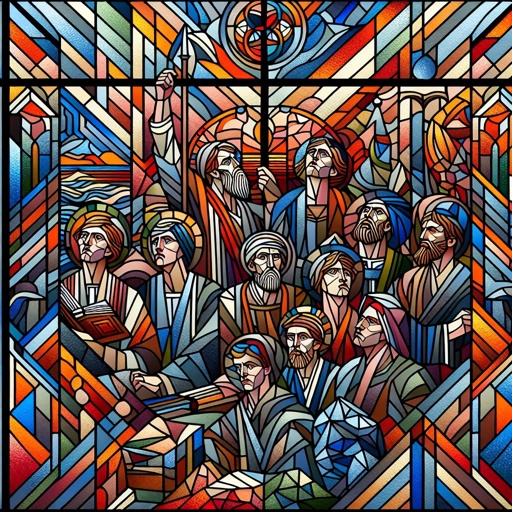
Psalms 115:2 - "Wherefore should the heathen say, Where is now their God?"
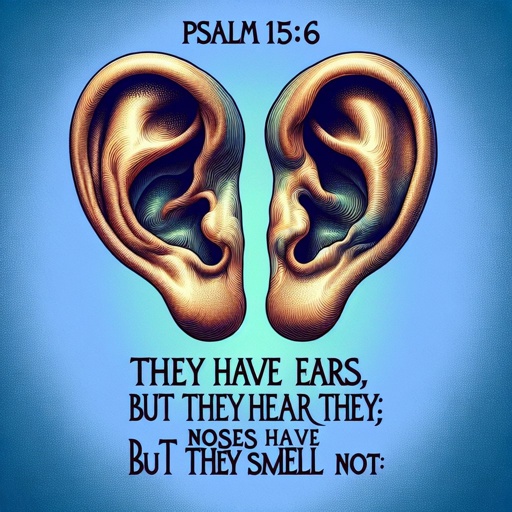
Psalms 115:6 - "They have ears, but they hear not: noses have they, but they smell not:"
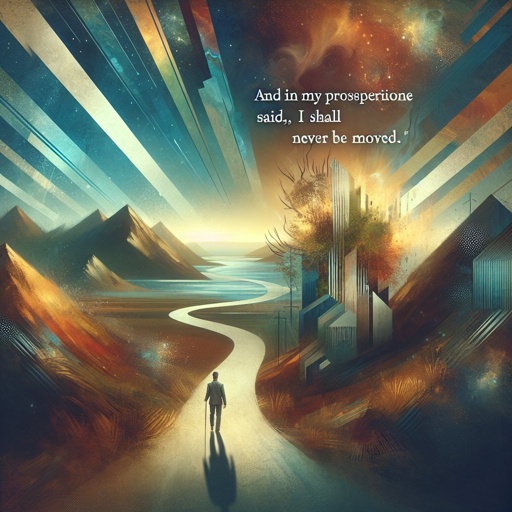
Psalms 30:6 - "And in my prosperity I said, I shall never be moved."

1 Corinthians 15:51-52